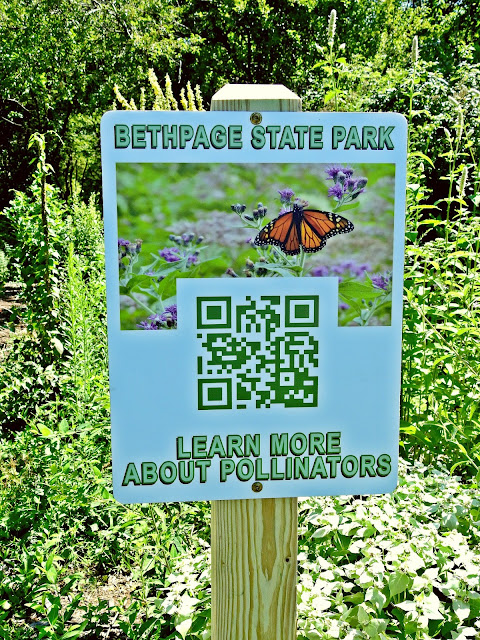Come Dragonfly, Come Dragonfly Away (on Fairway #8)!
It was a warm August day on fairway #8 of the Black Course.
As I was initially monitoring for Monarch butterflies, I could not help but get distracted by the array of dragonflies making rounds above me. Exciting as this is to see, I forget that this should be no surprise; #8 of the Black Course offers resourceful landscape features
to the world of insects....especially dragonflies!
Blue Dasher (left) and Common Whitetail (right)
This is because the first and most important feature on #8 is our freshwater pond. All dragonflies need water to complete their lifecycle. Females will seek out water to oviposit (lay) over 1000 eggs under the surface. After hatching and as they develop, dragonfly nymphs will remain aquatic. This can take up to many seasons, sometimes four or five years. What is most fascinating is that these insects survive under the frozen pond throughout winters too!
Not only does our pond provide a location for dragonflies to breed but it also offers promising prey. Luckily for us, a dragonfly's favorite meal is the mosquito, which of course comes with pond territory. Our pond is also home to water midges and tadpoles (which believe it or not) larger dragonfly nymphs can eat as well.
But wait, the buffet continues! In close proximity to our pond is a massive and healthy stand of Common Milkweed. This native flower grows wild and exponentially on our fairways, and is more than just the sole host plant to Monarch caterpillars, it's a microhabitat. Serving as a haven for insects, milkweed is often crawling with flies, beetles, ants you name it!
For that reason, dragonflies are no stranger to these flowers... and if they are not eating on milkweed, they can be seen basking a top it in the summer sun.
And while we're talking about dragonflies, did you know you can tell a lot about a dragonfly by noticing its posture? In the photo above, the dragonfly's abdomen is relaxed with wings open. This position is for extra warmth. Heat helps activate their wing muscles and therefore, supplying all the energy needed for daily flight!
This is just one of the many ways dragonflies thermoregulate, or control their body temperature. Some species of dragonflies have even adapted features, regarding coloration, to help with absorbing sunlight. The dark patches on the wings of Eastern Amberwings, Common Whitetails and Halloween Pennant dragonflies are a perfect example.
Dragonflies are one of the oldest, most remarkable creatures in the class of insects...and still, these insects are so often overlooked. While this post may have just grazed the surface of dragonfly anatomy and behavior, hopefully it opened your eyes to their beauty and wonder. You know where to find them now too!








Comments
Post a Comment